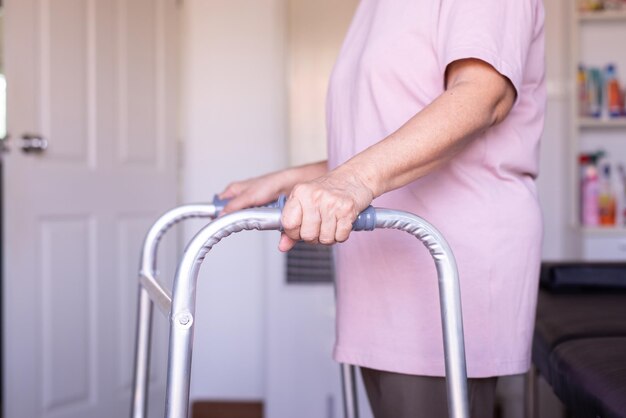How to Get Medicare to Cover a Walker: Everything You Need to Know
When mobility challenges arise, a walker can become an essential piece of equipment, offering much-needed support and stability. If you're a Medicare beneficiary or caring for someone who is, you may wonder, "How often can I get a walker paid for by Medicare?"
Understanding Medicare Coverage for Walkers
Medicare Part B is the component that covers Durable Medical Equipment (DME) like walkers. However, it's not as simple as walking into a store and picking one up. To qualify for Medicare coverage, a walker must be deemed medically necessary and prescribed by a doctor.
Once the necessity is confirmed, Medicare typically covers 80% of the approved amount. This means that you might still be responsible for the remaining 20% and any potential deductibles. The frequency of coverage isn't strictly limited by a set timeframe; instead, it's hinged on medical need. As long as the medical necessity is documented and followed by the proper procedures, you can get a new walker.
Key Steps to Ensure Coverage:
Consult Your Doctor: First, see a healthcare provider to discuss your mobility issues. They must determine the need for a walker.
Get a Prescription: Your doctor will provide a prescription if a walker is medically necessary.
Select a Supplier: Use a Medicare participating supplier to ensure you receive the 80% coverage.
Follow-Up for Replacements: If your walker needs replacing due to wear and tear or changes in your condition, your doctor can authorize another one.
Exploring Broader Financial Assistance
Accessing Medicare benefits is just one way older adults maintain their independence. However, it's important to stay informed about other financial aid programs in case additional support is needed:
Medicaid Programs: In certain states, Medicaid extends beyond Medicare and provides extra support for medical equipment.
State Assistance Programs: Often offer aid for seniors or those with disabilities, filling in Medicare gaps.
Veterans Affairs Benefits: Veterans might have access to specialized programs for medical equipment.
Expanding to Financial Health:
Taking control of medical costs can feel overwhelming. Here’s how some related tools and programs can provide peace of mind:
Financial Assistance Programs: Explore federal and state programs that offer subsidies for medical necessities.
Debt Relief Options: Consider speaking with a financial advisor to manage any accumulated expenses.
Credit Card Solutions: Some cards offer cashback or points on medical expenses, lightening financial burdens.
Educational Grants: For those educating themselves or caregivers on senior care, grants might be available to cover tuition or course materials.
While walkers offer critical support for mobility, ensuring coverage via Medicare can be daunting. By understanding the systems in place and leveraging additional resources, you can better manage healthcare needs and financial health simultaneously.
Quick Reference Guide to Financial Assistance and Programs:
- 📋 Medicare Part B: Covers 80% of walker costs if deemed medically necessary.
- 🏦 State Assistance Programs: Offers additional support for medical needs.
- 🇺🇸 Veterans Affairs Benefits: Special programs for veterans.
- 💳 Credit Card Solutions: Use cards with perks on medical expenses.
- 🎓 Educational Grants: Funding for caregiver education.
Explore these avenues to help secure your health and financial future with confidence.

Related Topics
- Am I Elgible For Medicare
- Am I Enrolled In Medicare
- Am I Qualified For Medicare
- Are Adult Diapers Covered By Medicare
- Are Chemotherapy Drugs Covered By Medicare Part d
- Are Colonoscopies Covered By Medicare
- Are Covid Tests Covered By Medicare
- Are Cpap Machines Covered By Medicare
- Are Cpap Supplies Covered By Medicare
- Are Dental Implants Covered By Medicare